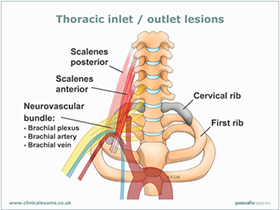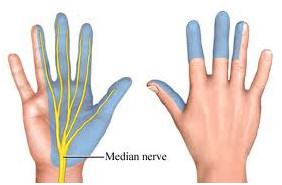BLOG
Diabetes, especially if uncontrolled, can cause damage to the nerves of the body.
Thoracic outlet syndrome (TOS) is defined as a variety of disorders resulting from compression,

NERVE CONDUCTION STUDIES NOW SPECIFIC ON THE DIAGNOSIS OF CHEMOTHERAPY INDUCED PERIPHERAL NEUROPATHY
It is a well known fact that both chemotherapy and radiation for cancer patients causes peripheral neuropathy. However
One of the most common causes of these symptoms is compression (entrapment) of one of the nerves passing through the wrist area called: The Median Nerve. This condition is called:
Over the past 20 years, neuromuscular ultrasound has been introduced into electrodiagnostic laboratories as a complement to nerve conduction studies and electromyography for the diagnosis of a variety of nerve and muscle conditions.
Despite the above symptoms, sensory, motor or both, the astute physician must be very careful in diagnosing the condition as carpal tunnel syndrome, simply because there are many other conditions that can present with similar symptoms. Remember that the median nerve derives from the C5, C6, C8 and T1 cervical roots, upper and lower trunks, extends to the lateral and medial cords as it continues in the arm, forearm and the hand.




